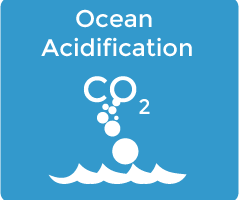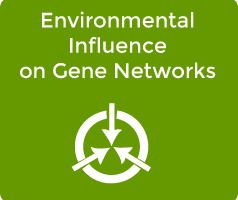Scientists use computer programs to analyze networks because networks are often very complex. Students use the computer program Cytoscape to analyze the cell phone network.
A network is a system of interconnected parts. These parts may be organisms, genes, molecules, etc…Nodes are the parts of a network, and edges are the relationships between those parts of the network
This is our introductory module that we recommend teaching before each of our other modules to give students a background in systems.
When teaching the topics of ocean acidification, climate change, environmental science, and sustainability, helping students learn to critically assess print and electronic articles, such as those found in newspapers, websites, magazines, journals, etc., is of utmost importance. In this lesson, each student in your class will read a different short news piece on various engaging and thought-provoking topics surrounding the changing carbon cycle.
The oceans cover 70 percent of the planet and play a critical role in regulating atmospheric carbon dioxide through the interaction of physical, chemical, and biological processes. As a result of anthropogenic activity, a doubling of the atmospheric CO2 concentration (to 760 ppm) is expected to occur by the end of this century.
Scientists use computer programs and simulations to analyze networks because networks are often very complex. One change in the environment could affect an entire cellular network due to the interdependent nature of networks.
Cellular networks allow cells to respond dynamically to stimuli. A response to a stimulus occurs by changing the relative amount or function of individual nodes in a cellular network. A stimulus affecting one node can cause a change in many other nodes because they are all interconnected in the network.
Students reviewed literature about a model organism (Halo) during Lesson 1 which gave the students an opportunity to investigate the environmental conditions Halo typically grow in. The Lesson 2 laboratory experience will give students an opportunity to actually see the effect of certain environmental variables on the Halobacterium organism.
Students should complete these lessons near the end of a genetics unit. Typically students would have learned that organisms (and individual cells of multicellular organisms) respond to their environment by changing which proteins they make.
In this module, students complete the steps scientists take when using systems biology to investigate how organisms induce phenotypic changes in response to the environment. Student teams apply their background knowledge of genetics and networks to experiment with a model organism.







